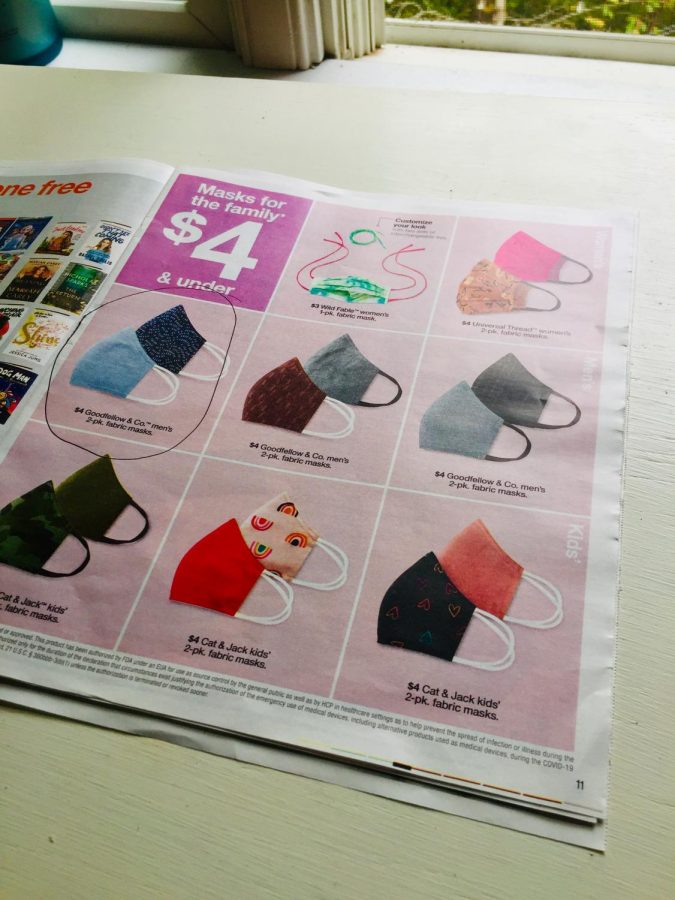Mask Fashion in the Age of Corona
Trendy masks are on the rise, so is this the right mix between fashion and function?
Worldwide Face Mask Industry Revenue is Expected to Grow US$ 7.24 Billion in 2020 from US$ 2.86 Billion In 2019.Many companies are seizing on this opportunity to make some quick cash and Target is no exception.
Masks have become a new staple in randomly generated Facebook ads as well as everyday American brick and mortar stores. As with any fashion item there are the trends that come and go and influence the clothing market and masks are no exception. In this time when safety is the priority are some masks just too far? Is there a middle ground with the right mix of fashion and function?
The CDC (Centers for Disease Control and Prevention) has published mask guidelines that many health experts and officials refer to. The CDC states that masks with exhalation valves or vents should NOT be worn to help prevent the person wearing the mask from spreading COVID-19 to others, wear masks with two or more layers, wear the mask over your nose and mouth and secure it under your chin. They suggest not wearing masks made out of material that make it hard to breathe, for example vinyl. The CDC recommends caution if using face shields or the growing in popularity gaiter, this face covering is similar to an infinity scarf and is worn around the neck and is usually made out of a spandex like material. Evaluations are ongoing on the effectiveness of gaiters and face shields so it is safest to wear a traditional mask.
Seen so far in mask trends are such things as mesh masks, bedazzled masks, embroidered masks, and masks made from every fabric and color imaginable. People are still going to try and flex brand names so face masks with designer logos on them are widely used. The main variation on masks has been in material and fabric pattern. Halloween masks are already popping up and even ads for Christmas masks are already appearing showing that commercialization of holidays will take over anything possible. Filters have also become a trend. While most masks don’t have any built in filters, many have openings on the side usually that provide the option to add filters. Health professionals have said that filters aren’t necessary for effective masks, but it does provide peace of mind for those that are very concerned about this virus. There are a variety of ways to secure masks. The most widespread is regular elastic behind the ears, but do to the sudden influx in need for masks at the beginning of the pandemic a lot of people who were making masks by hand sewed their own straps.
As masks continue to be a part of our everyday routines, variations will come and go but the importance of protecting others seems like it will be here to stay.



